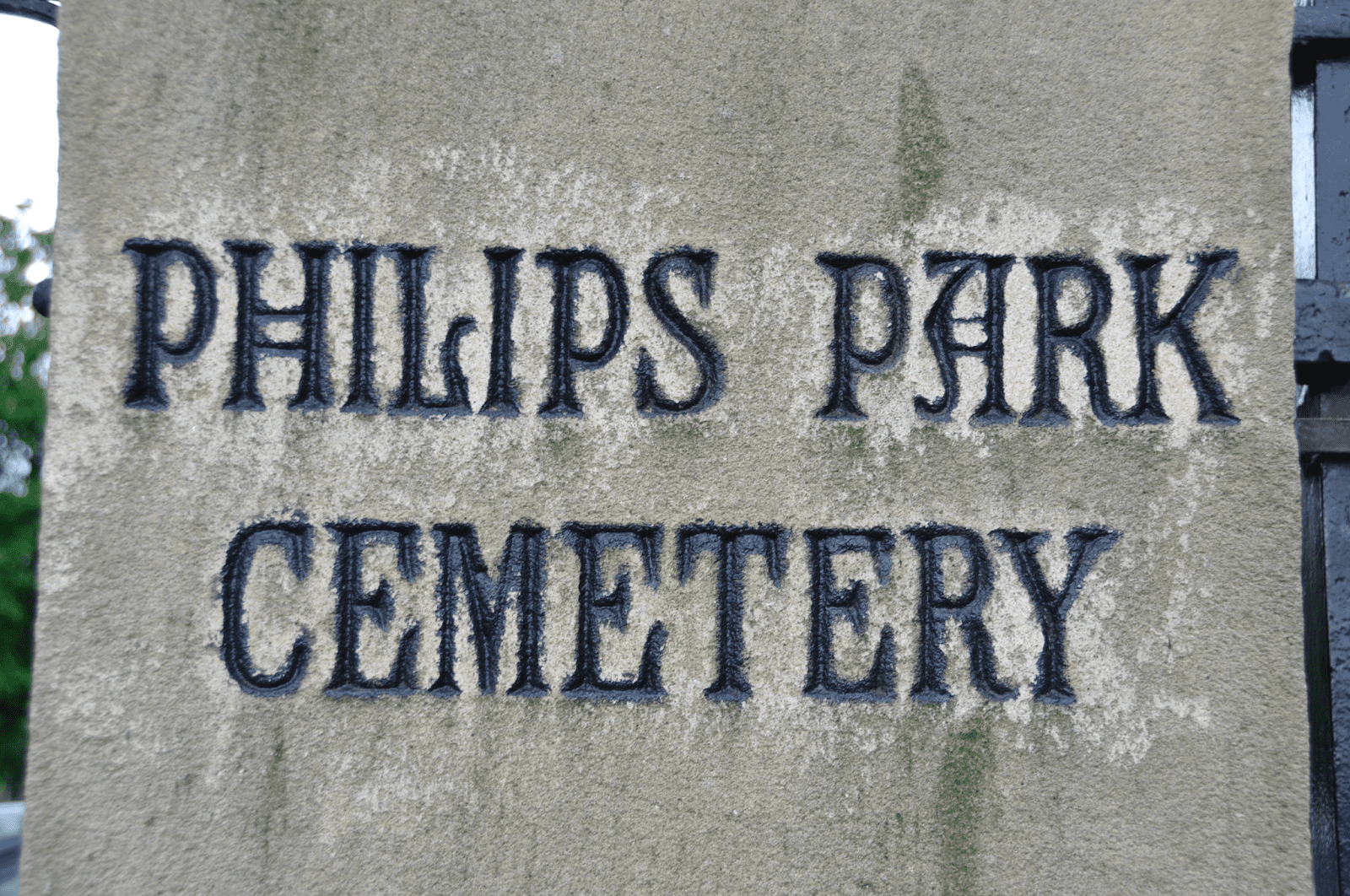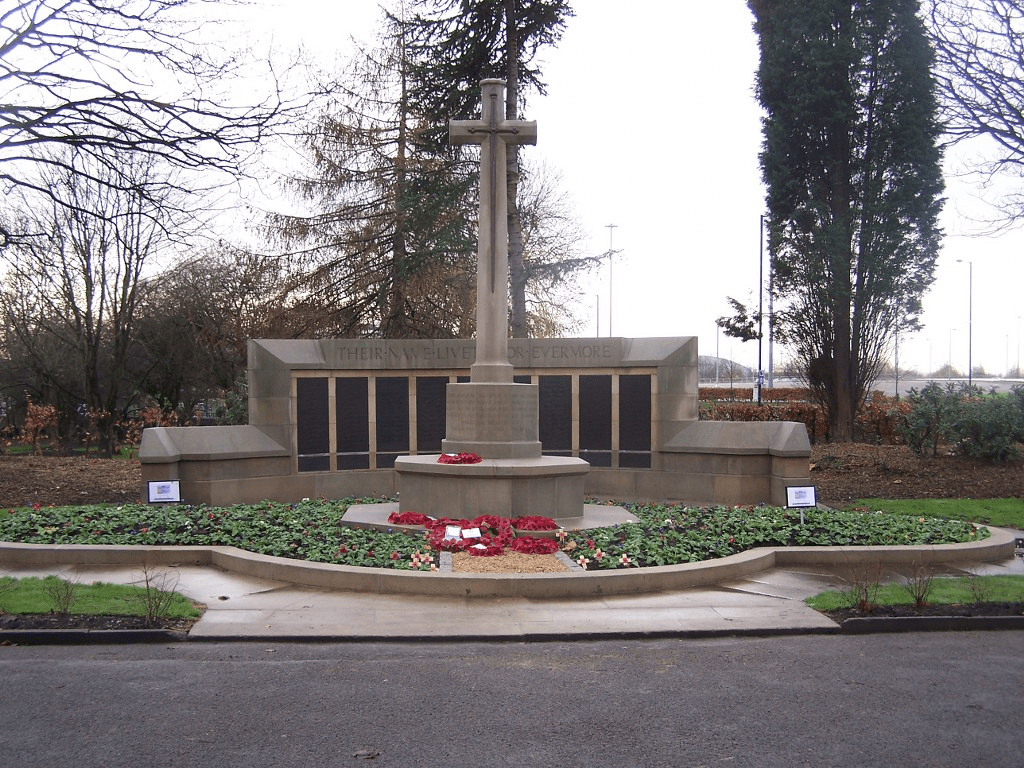Manchester is a city with an incredible history and you can learn about it by visiting ancient cemeteries. Philips Park Cemetery, Manchester’s first municipal cemetery, is a testament to the city’s rich past. It reflects its growth, social changes and the lifestyles of its residents. This cemetery is a part of Manchester’s history. Thus, it is not just a place where people were once buried but a place that can shed light on the forgotten pages of the city’s history. Learn more at manchester-future.
Why did the first municipal cemetery appear?

Of course, there were cemeteries in Manchester until the 19th century, but none of them was officially registered. The very first Manchester cemetery was opened in 1866. It was named Phillips Park Cemetery.
The city acquired the first official cemetery because of the rapid growth of the population, which was a result of the Industrial Revolution. After all, as the population grew and the city expanded in the 19th century, so did the need for new burial places.
Manchester’s first municipal cemetery was named after Mark Phillips. He was a Manchester businessman and a Member of Parliament.
It should be noted that before the establishment of the first municipal cemetery, people were buried mainly in churchyards. However, those small sites weren’t enough for a city with a rapidly growing population. Therefore, the question of creating the first city cemetery appeared. The problem with burial required an urgent solution at that time. This is how Philips Park Cemetery appeared in Manchester.
The idea of creating a municipal cemetery in Manchester became a real revolution in the 19th century since cemeteries at that time were under the management of religious institutions, which owned those sites. In turn, municipal cemeteries were non-denominational and state-owned. Therefore, anyone could be buried in such a cemetery, regardless of their origin, religion, race, etc. That fact was extremely important. After all, 19th-century Manchester developed at a rapid pace, it was the centre of industry and world trade, so it had a very diverse and multicultural population. People came here from different parts of the world.
Cemetery architecture

The design and construction of the first city cemetery were approached very meticulously. Such a place required careful planning. Some of the old cemetery objects, namely the two houses at the entrance, have become Grade II-listed architectural monuments. They were built in the first years of the cemetery’s operation. Over time, the unique architecture of the cemetery was exposed to the natural influence, so some of the objects underwent restoration in the 21st century. These houses were designed by Manchester architects Paul and Ayliffe, who worked for India Buildings at 20 Cross Street.
In addition, the cemetery is a unique example of landscaping with its winding paths, lush gardens and massive monuments. Many of the tombstones in Phillips Park Cemetery are richly and elaborately decorated. Such architecture reflects the style of the Victorian era.
Burials at Phillips Park Cemetery

Since 19-century Manchester was a diverse and multicultural city, the first municipal cemetery was divided into separate areas for different denominations, namely Anglican, Catholic and Nonconformist. In addition, each of the parts had its own funeral chapel. They were built in the Gothic Revival style, but each of them had a unique design.
Later, the cemetery acquired an area for the Jewish burials and another funeral chapel.
Only the Anglican chapel out of four others managed to survive until the 21st century.

In addition to burials of various denominations, the cemetery became the place of eternal peace for soldiers and prisoners of war who died during the First and Second World Wars. At that period, there were several dozen hospitals in Manchester. Therefore, it is not surprising that many people were buried in the Phillips Park Cemetery back then. In particular, the cemetery has 274 burials from the First World War period and 174 burials from the Second World War period. There was no separate area for war victims, so they were all scattered throughout the place. In addition, most of the bodies of soldiers and prisoners of war couldn’t be identified, therefore, their names were carved on the wall near the main entrance to the cemetery.
You can also find graves of famous people of the 19th and 20th centuries at Phillips Park Cemetery. Among them are the heroes of the Battle of Rorke’s Drift during the Anglo-Zulu War of 1879 in South Africa.
Philips Park Cemetery is part of the history of Manchester and reflects its transformation during the turbulent era of the Industrial Revolution. As the city developed, Manchester residents got the opportunity to bury their loved ones here, regardless of their background or religion.